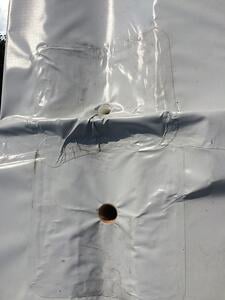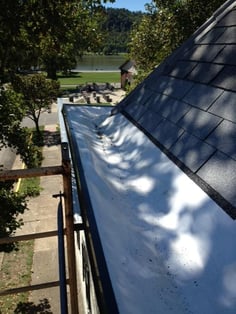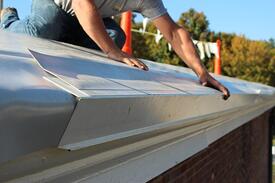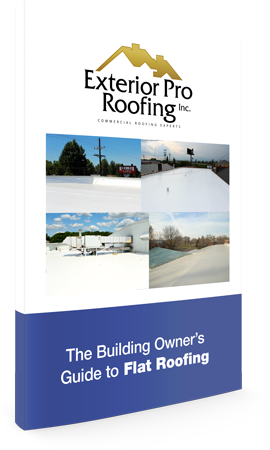Make the most of your investment to have your box gutters lined by ensuring your contractor is using the right materials in the right places.
Here are the 4 must-have items that go along with box gutter liners to make sure they last.
1. Custom drain Flashings
 Having a drain flashing that fits inside the downspout of the box gutter is crucial to the performance of the liner. The area around the downspout is leak-prone and almost impossible to waterproof without a special flashing.
Having a drain flashing that fits inside the downspout of the box gutter is crucial to the performance of the liner. The area around the downspout is leak-prone and almost impossible to waterproof without a special flashing.
If a contractor does not use prefabricated flashing, they will be relying on caulking and glue to try and force water into the drain. Unfortunately for the home or building owner, the caulking and glue rarely last and can allow water to back up under the box gutter liner.
The moisture gets trapped between the old metal pan of the box gutter and the new liner and doesn't evaporate because it isn't getting sun or wind. This can cause rapid deterioration and rust of the metal box gutter pan and do even more damage than if no liner had been installed.
Solution: Custom drain flashing with expansion rings to fit any sized downspout. The Drain flashings are made as small as 1 1/2” all the way up to 6” inches in diameter to fit even the largest downspouts. The drain flashing extends down into the downspout, and the expansion rings make sure the flashing stays open.
2. Box gutter liners that don’t rely on glue
 Box gutters inevitably hold water from rain, snow, and ice in winter. Liners that are seamed together using glue will not last in standing water. Moisture slowly penetrates the seams and begins to degrade the glue.
Box gutters inevitably hold water from rain, snow, and ice in winter. Liners that are seamed together using glue will not last in standing water. Moisture slowly penetrates the seams and begins to degrade the glue.
As the adhesives lose their grip, more water enters the seam until the seams have opened, and water travels under the box gutter liner instead of on top of it.
Solution: Use box gutter liners that are seamed together using hot air. The hot air seamers do not use a flame but melt the liners together, creating water-tight and waterproof seams that resist ponding or standing water.
3. Metal edge trims
Box gutter liners that do not have metal edge trim must use a termination bar on the front of the box gutter. The thin silver bar and the screws that hold it in place can be seen and detract from the look of the existing cornice and trim work on the building. It also allows water that spills over the front of the box gutter to run down the trims, staining and peeling paint over time.

Solution: 2 piece Metal edge trims not only add to the look of a historic home or building trim work, but they also protect it. 2 piece metal edge trims allow the membrane to be extended over the edge of the box gutter and secured to a base or cleat.
Then a facer piece is snapped onto the base. The facers come in up to 35 different colors to complement the look of the building.
When water from heavy rains or from melting snow and ice runs over the front of the box gutter, the metal trim forces the water to drip off the metal facer instead of running down the existing wood or metal trims, preventing the staining and peeling of the paint.
4. Air vents to prevent condensation and moisture build-up
Last but certainly not least are air vents that relieve moisture created in building from human activity. Box gutters are often connected to large flat areas over the living space.
Cooking, Cleaning, Showering, watering plants, sweating, and breathing create humidity and moisture in buildings. If the building is not vented properly, condensation can occur on the bottom side of the liners and flat roofing membranes, causing mold and bacterial growth.
Solution: Make sure that your contractor installs the air vents to properly relieve moisture from the building.








